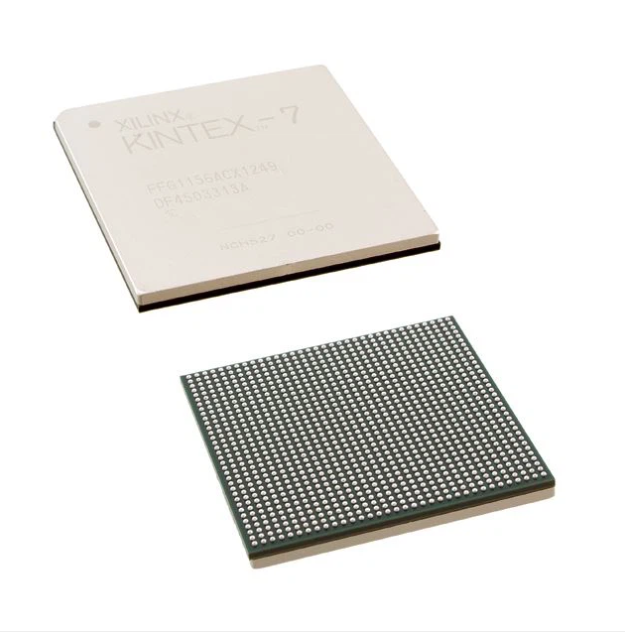


First off, let's talk a bit about the 10M08DCF256C8G itself. It's a pretty nifty piece of tech. This device belongs to the family of Field - Programmable Gate Arrays (FPGAs). FPGAs are super flexible and can be programmed after manufacturing, which makes them a go - to choice for a wide range of applications, from consumer electronics to industrial automation.
Now, onto the main question: what's the package type of the 10M08DCF256C8G? The 10M08DCF256C8G comes in a specific package that's designed to meet certain electrical, mechanical, and thermal requirements. It uses the FineLine Ball Grid Array (FBGA) package type.
The FBGA package is quite popular in the semiconductor industry. Why? Well, there are a few good reasons. For starters, it offers a high pin count in a relatively small footprint. This is crucial because as electronic devices get smaller and more powerful, there's a need to pack more functionality into less space. With the FBGA package, the 10M08DCF256C8G can have a large number of input and output pins, allowing it to interface with other components in a system easily.
Another advantage of the FBGA package is its excellent electrical performance. The short electrical paths between the die (the actual semiconductor chip) and the printed circuit board (PCB) result in lower inductance and capacitance. This means less signal loss and better signal integrity, which is essential for high - speed applications.
Thermally, the FBGA package also has its perks. The balls on the bottom of the package act as heat transfer points, helping to dissipate the heat generated by the device. This is important because overheating can cause a device to malfunction or even fail prematurely.
When comparing the 10M08DCF256C8G with other FPGAs on the market, it's interesting to see the different package types used. For example, the 5CGXFC9D6F27I7N might come in a different package that suits its specific design and application requirements. Similarly, the XC6VLX365T - L1FF1156I and XCKU9P - 1FFVE900I each have their own unique package configurations.
The choice of package type can also impact the manufacturing process. With the FBGA package of the 10M08DCF256C8G, assembly onto a PCB is typically done using surface - mount technology (SMT). SMT is a widely used method in the electronics industry because it allows for automated assembly, which is faster and more cost - effective compared to through - hole technology.
In terms of handling and storage, the FBGA package requires some special considerations. Since the balls on the bottom of the package are small and delicate, care must be taken during handling to avoid damage. Also, proper storage conditions, such as a controlled temperature and humidity environment, are necessary to prevent corrosion and other issues that could affect the device's performance.
For those of you who are thinking about using the 10M08DCF256C8G in your projects, understanding the package type is just the first step. You'll also need to consider other factors like the device's power consumption, logic capacity, and I/O capabilities. But rest assured, as a supplier, I'm here to help you make the right decisions.
If you're in the market for high - quality 10M08DCF256C8G components, I've got you covered. Whether you're working on a small - scale prototype or a large - scale production run, I can provide you with the quantity and quality you need. And if you have any questions about the 10M08DCF256C8G, its package type, or how it fits into your specific application, don't hesitate to reach out. We can have a chat about your requirements and see how the 10M08DCF256C8G can be the perfect solution for your project.
So, if you're interested in starting a procurement process or just want to have a friendly discussion about the 10M08DCF256C8G, feel free to get in touch. I'm always looking forward to working with new customers and helping them bring their ideas to life.